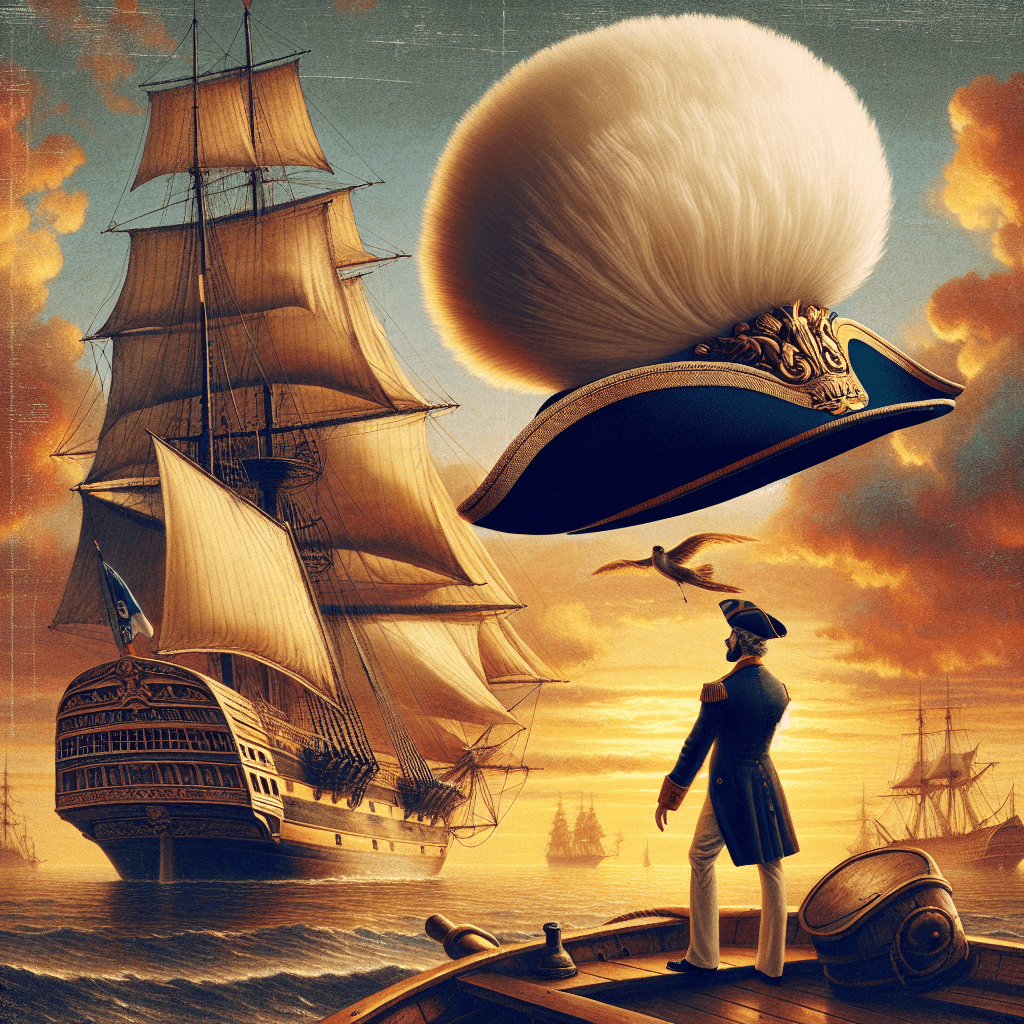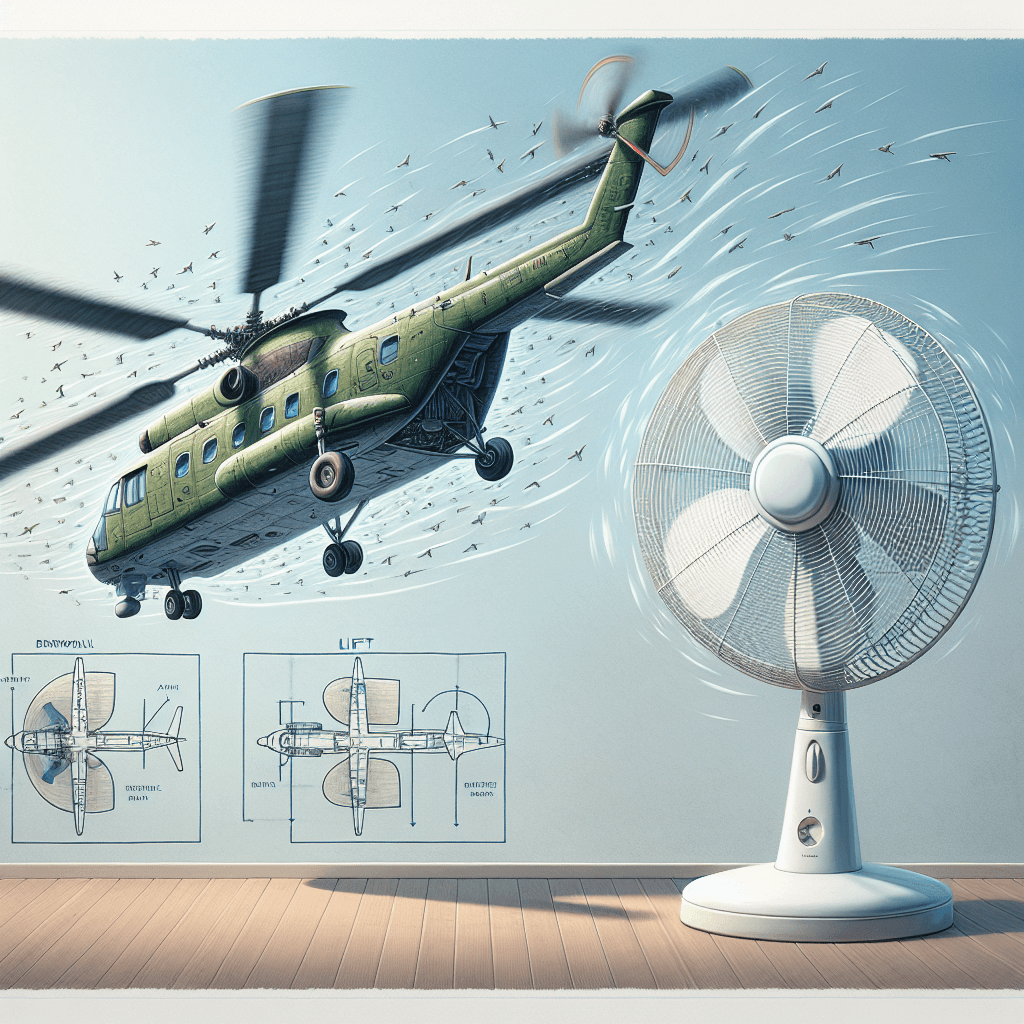Why do some super cold drinks turn to slush the exact moment you open them
It’s a bizarre and mesmerizing trick: a perfectly clear liquid that erupts into a frozen slush the exact moment you pop the top. Uncover the mind-bending physics that make this frosty magic happen.


Too Long; Didn't Read
The drink is supercooled below its freezing point but stays liquid. Opening it causes a sudden pressure drop and shock, giving ice crystals a starting point to form instantly and turning the entire beverage into slush.
From Liquid to Slush in a Flash: Why Do Some Super Cold Drinks Turn to Slush the Exact Moment You Open Them?
Have you ever experienced this strange bit of kitchen magic? You pull an ice-cold soda or water bottle from the very back of the fridge. It looks perfectly liquid, not a single ice crystal in sight. But the exact moment you twist the cap—psssst—a wave of icy slush instantly spreads through the bottle, transforming your refreshing drink into a frozen treat. It feels like a magic trick, but it's actually a fantastic, real-world demonstration of physics. This phenomenon isn't a fluke; it's the result of a process called "supercooling," and understanding it reveals the fascinating science hidden in everyday life. This post will break down exactly why your drink can go from liquid to slush in the blink of an eye.
The Secret Ingredient: Supercooling
The key to this entire process is a state known as supercooling. Normally, we learn that water freezes at 0°C (32°F). However, that's not the whole story. For water molecules to arrange themselves into the rigid, crystalline structure of ice, they need a starting point. This starting point is called a nucleation site.
A nucleation site can be a microscopic impurity in the water, a tiny piece of dust, or even an imperfection on the surface of the container. These sites give the water molecules something to latch onto, initiating the freezing process.
However, in a very pure liquid, like filtered water or a commercially bottled soda, there are very few of these impurities. If the drink is left perfectly still as it chills, it can drop well below its normal freezing point without actually turning solid. It is now a "supercooled" liquid—a liquid that is colder than freezing and in a highly unstable state, just waiting for a reason to freeze.
The Trigger: Pressure, Bubbles, and Shock
A supercooled liquid is like a line of dominoes perfectly set up; all it needs is a tiny push to start a chain reaction. When you open that bottle, you provide that push in one of two ways.
The Pressure Drop
For a carbonated beverage like soda, the main trigger is the sudden release of pressure.
- Inside the sealed bottle, carbon dioxide (CO2) gas is dissolved into the liquid under high pressure.
- When you open the cap, the pressure is instantly released.
- This allows the dissolved CO2 to rapidly escape the liquid, forming thousands of tiny bubbles.
Each one of these tiny bubbles acts as a perfect nucleation site. The supercooled water molecules immediately latch onto the surface of these bubbles and begin to form ice crystals. This kicks off a chain reaction that spreads through the entire bottle in seconds, turning the liquid into slush.
The Physical Shock
Even with a non-carbonated drink like water, a physical jolt can trigger the same effect. The shockwave created by twisting the cap, tapping the side of the bottle, or pouring the liquid can be enough to force the unstable water molecules into alignment. This disturbance provides the energy needed to start the first ice crystal, which then serves as the template for the rest of the liquid to freeze around.
Your At-Home Science Experiment
You can easily recreate this phenomenon at home.
- Take an unopened bottle of soda or purified water and lay it on its side in the freezer. It’s important that it remains completely still.
- Let it chill for about 2 to 2.5 hours. The exact time will vary depending on your freezer's temperature. You want it to be below freezing but still liquid.
- Carefully remove the bottle. If you see any ice already formed, it has been left too long.
- To trigger the freezing, either twist the cap open quickly or give the side of the bottle a sharp tap. Watch as the ice crystals instantly form and spread!
Conclusion
The next time you open a drink and it transforms into a slushie before your eyes, you'll know it’s not magic—it’s physics. The drink was in a supercooled state, chilled below its freezing point while remaining liquid due to a lack of nucleation sites. The simple act of opening the bottle introduced the perfect trigger, whether through the formation of gas bubbles or a physical shock. This caused a rapid chain reaction of crystallization, giving you an instant, refreshing slush. It’s a simple, delicious reminder that fascinating scientific principles are at work all around us, even in the most ordinary moments.
More Articles

What was the original purpose of the fluffy pom-pom on a traditional sailor's hat?
That fluffy ball on a sailor's hat wasn't just a cute decoration; it was a surprisingly simple tool designed to save them from a serious, and very common, occupational hazard.

Why do some pufferfish create intricate, beautiful sand circles on the ocean floor?
Mistaken for underwater crop circles, these mesmerizing patterns are actually the work of a tiny artist on the most elaborate and romantic quest in the entire ocean.

Why can a helicopter fly with blades spinning slower than a simple house fan?
It’s a mind-bending fact of physics: a helicopter’s massive blades spin slower than a simple house fan, yet they generate enough force to lift thousands of pounds. Uncover the incredible aerodynamic secret that makes this possible.